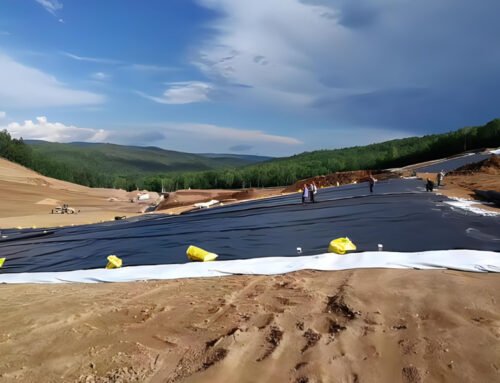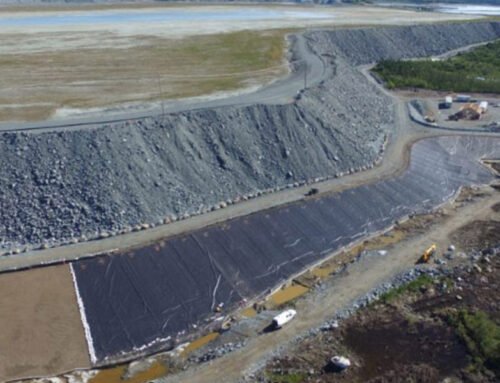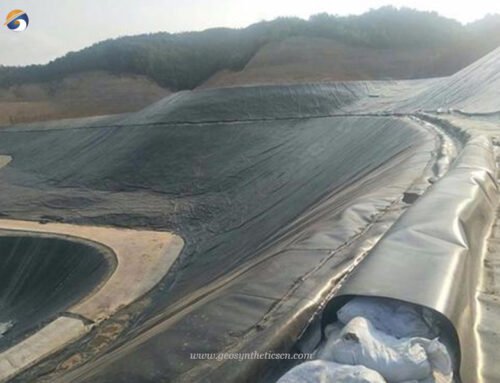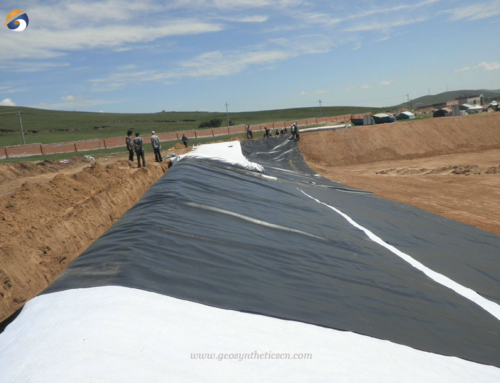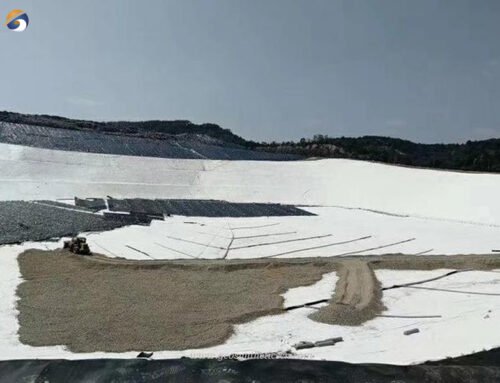Non woven geotextile fabric is widely used in road and highway construction projects. The filament geotextile fabric can strengthen the soil by increasing its tensile strength. It is used as a rapid dewatering layer in roadbeds, and the geotextile needs to maintain its permeability without losing its separation function. All in all, the use of geotextiles is to prevent soil erosion and prevent the road genes from collapsing due to the erosion of rainwateris.
Non-woven geotextile fabric plays a crucial role in drainage and filtration applications. It is commonly used for roadbed drainage, side drainage ditches, dam anti-seepage, agricultural well anti-silt blocking, pressure relief wells, underground drainage in sports venues, ash dams in thermal power plants, landfill foundation anti-seepage, building foundation settlement mitigation, and soil improvement projects.
1. What Is Non Woven Geotextile Fabric?
Geotextiles are employed in conjunction with foundations, soils, rocks, or other construction materials. The characteristics of non-woven geotextile fabric, such as reinforcement, protection, drainage, isolation, filtration, containment, and soil formation, enhance the quality and longevity of projects. They also contribute to shorter construction times and reduced costs.
Geotextile fabric is produced through weaving technology, resulting in a water-permeable geosynthetic material with a cloth-like structure. It is also referred to as geotextile. The fabric is lightweight, exhibits good overall continuity, facilitates easy construction, and possesses high tensile strength and corrosion resistance.
During testing, the load applied to a sample of non-woven geotextile fabric is gradually increased until the fabric tears along the direction of the incision from the short side to the long side. Geotextiles can be further categorized into woven geotextiles, which are woven from monofilaments or multiple filament strands, and non-woven geotextiles, which are formed by entangling or bonding fibers mechanically or chemically after they are processed into a batt form.
The versatility and varied characteristics of non-woven geotextile fabric make it a valuable component in numerous civil engineering and construction projects, contributing to effective drainage, filtration, and overall project success.
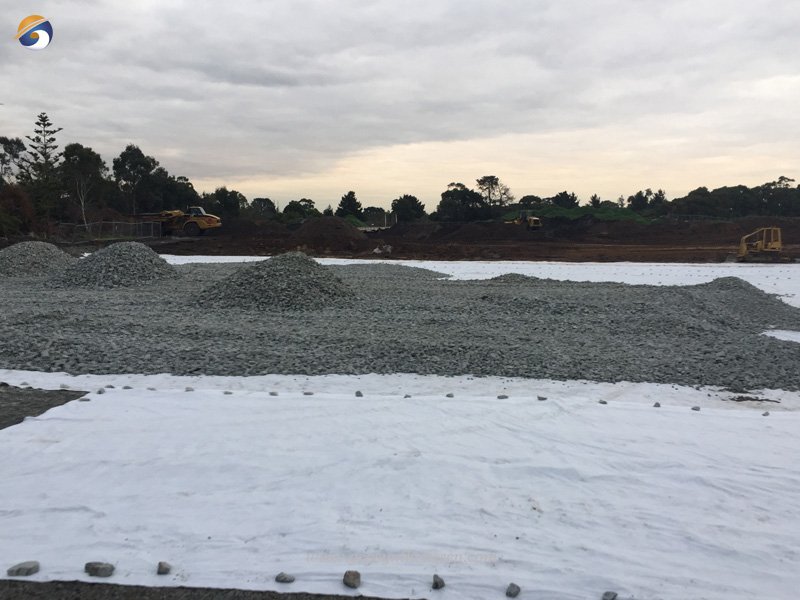
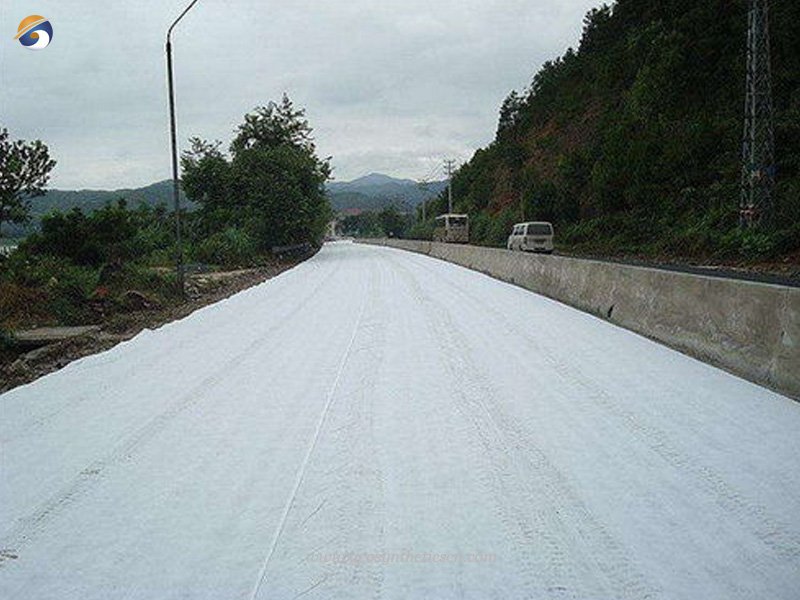
2. Case Study of Non Woven Geotextile for Roadbed Construction Project
- Location – Thailand
- Product – Non Woven Geotextile Fabric
- Application – roadbed engineering
3. Why Chose Geotextile Thailand for Roadbed Construction Project
A customer from Thailand has approached our company with a subgrade project requiring road reinforcement. After encountering our brochures and business cards at an exhibition, they recognized our company as a highly reputable manufacturer of geotextiles. Consequently, they decided to reach out to us by sending an inquiry to our public mailbox.
Upon reviewing the customer’s project requirements, we have recommended the utilization of 250g/㎡ non-woven geotextile fabric. This specific weight and type of geotextile fabric are deemed suitable for their road reinforcement needs.
Our company takes pride in its expertise and professionalism in manufacturing geotextiles, and we are dedicated to providing tailored solutions that meet the unique requirements of each project. We understand the importance of selecting the appropriate geotextile fabric weight and type to ensure optimal performance and longevity in subgrade applications.
As we continue to engage with the customer, we will further discuss the project details, provide any necessary technical support, and ensure the smooth execution of the road reinforcement project using our recommended 250g/㎡ non-woven geotextile fabric.
4. Solution of Geotextile Fabric Thailand for Roadbed Construction Project
Geotextiles are used to reinforce embankments to improve sliding safety and allow for steeper slopes. They enhance the bearing capacity of soft foundations, particularly for local silt layers. However, geotextile reinforcement alone is not effective for thick soft soil layers and settlement improvement. It is more suitable for thin silt layers and is commonly combined with a medium-coarse sand cushion for foundation reinforcement.
For embankments passing through fish ponds or ancient river channels, treating the silt dam foundation with reinforced non-woven geotextile fabric is a cost-effective solution. Geotextiles spread the load, reduce stress at the subgrade center, and suppress lateral displacement and compression. They also act as drainage channels, accelerating the consolidation of soft soil.
After embankment construction, laying a concrete pavement on top prevents cracks. A composite foundation of reinforced pile groups, formed by mixing piles or using prefabricated piles, ensures uniform load distribution. This combination of piles and soil improves the foundation’s bearing capacity and reduces settlement.
5. Benifits of Geotextile Fabric Thailand for Roadbed Construction Project
5.1 Reinforcement and Filtration Functions of Non-Woven Geotextile Fabric
Non-woven geotextile fabric actively reinforces civil engineering structures by limiting their displacement over time. It enhances the friction between the soil and the geotextile material, which stabilizes the project’s long-term performance. Additionally, the fabric effectively filters water, allowing it to pass through while retaining soil particles on the upper surface. This process forms a filter layer that prevents soil erosion and maintains the stability of the surrounding environment.
5.2 Drainage, Protection, and Anti-Seepage Functions of Non-Woven Geotextile Fabric
Non-woven geotextile fabric creates drainage channels within the soil, facilitating the smooth flow of water along the material plane and preventing water accumulation. It also forms a protective layer on the soil surface, safeguarding against erosion and potential damage caused by external factors. Furthermore, when combined with a geomembrane, the fabric forms a composite geotextile structure known as “two-cloth-one-membrane,” which effectively prevents liquid leakage, ensuring environmental protection and enhancing building safety.
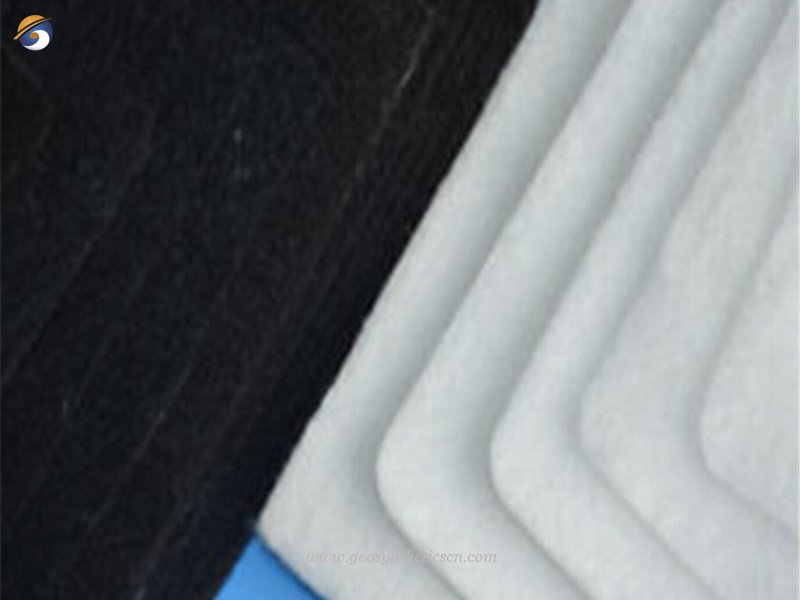
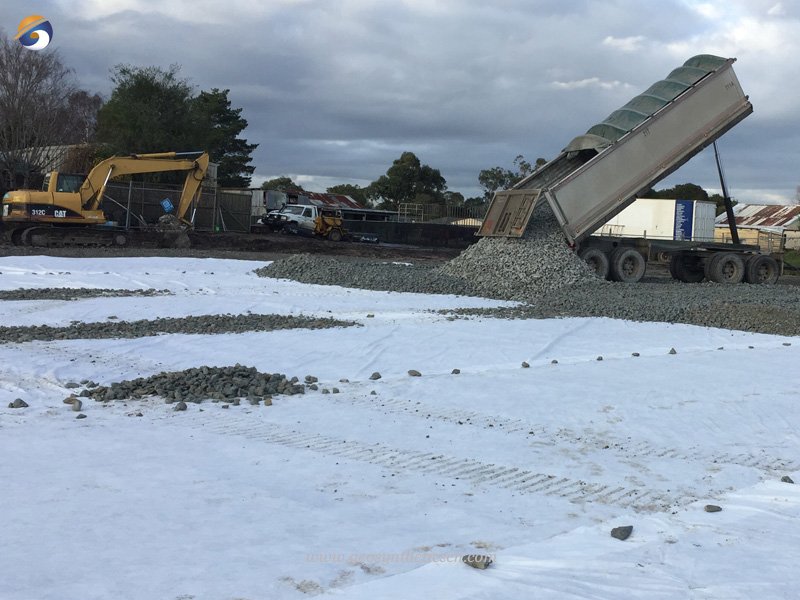
6. Non Woven Geotextile Fabric Installation Method
1.The width of the seam between the geotextile and the geotextile shall not be less than 10cm. The geotextile is manually laid. During the laying, the width of the seam between the cloth and the cloth shall not be less than 10cm, and the laying edge shall exceed the geomembrane laying edge of the cloth by at least 50cm.
2. The geotextile is closely laid on the base surface and compacted. When laying, the geotextile should be close to the laying base surface and compacted to avoid overhead and to prevent tearing of the geotextile and the membrane above it after covering with soil.
3. Non woven geotextile fabric stitching width and needle distance control. The stitching width of geotextile is not less than 10cm, continuous stitching, no point stitching is allowed, and the stitch distance is controlled at 6mm.
4. Hand tearing inspection of geotextile seams. When the inspection is completed, all the seams of geotextiles should be checked by hand tearing method, and signed and confirmed after acceptance. The seams of the overlapping parts of the geotextiles should be straight and the stitches should be uniform. Make sure no dirt is trapped in the geotextile when stitching.
About GEOSINCERE
As the professional geotextile and geosynthetics manufacturer and wholesaler, GEOSINCERE is always committed to geotextile research and development, manufacturing and installation services. Our main innovative, high quality products include geotextiles, geomembranes, geogrids, geocells, geosynthetic clay Liner, and drainage boards, etc al. GEOSINCERE offers both high quality geosynthetic products but also professional design and installation service. OEM, ODM, custom development and fabrication are also available. If you have any questions or inquiries, please contact us, we will reply as soon as possible.

